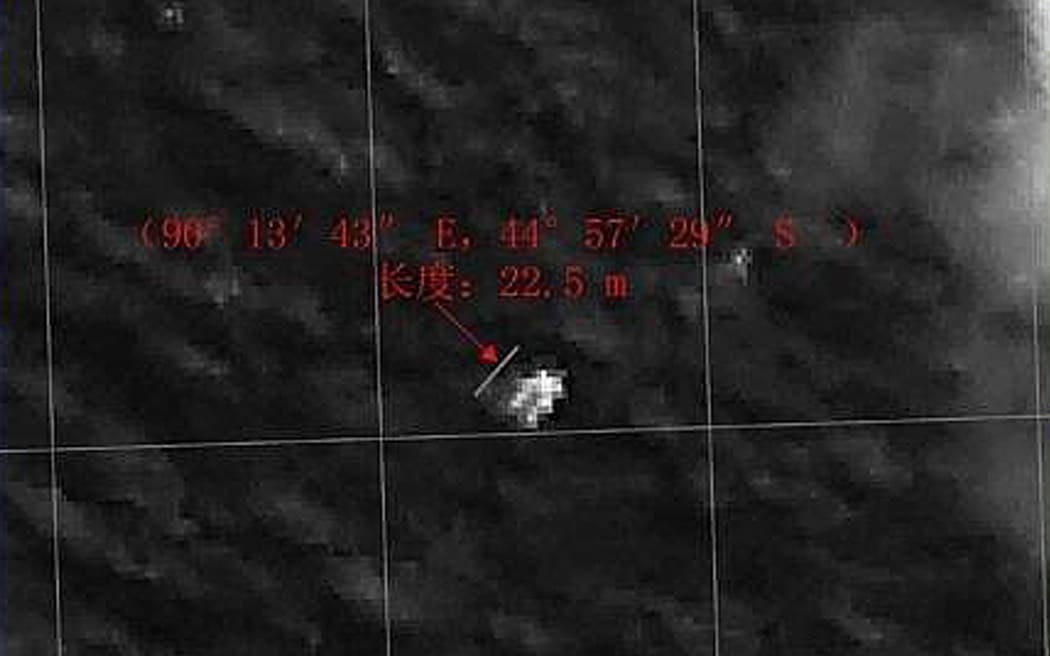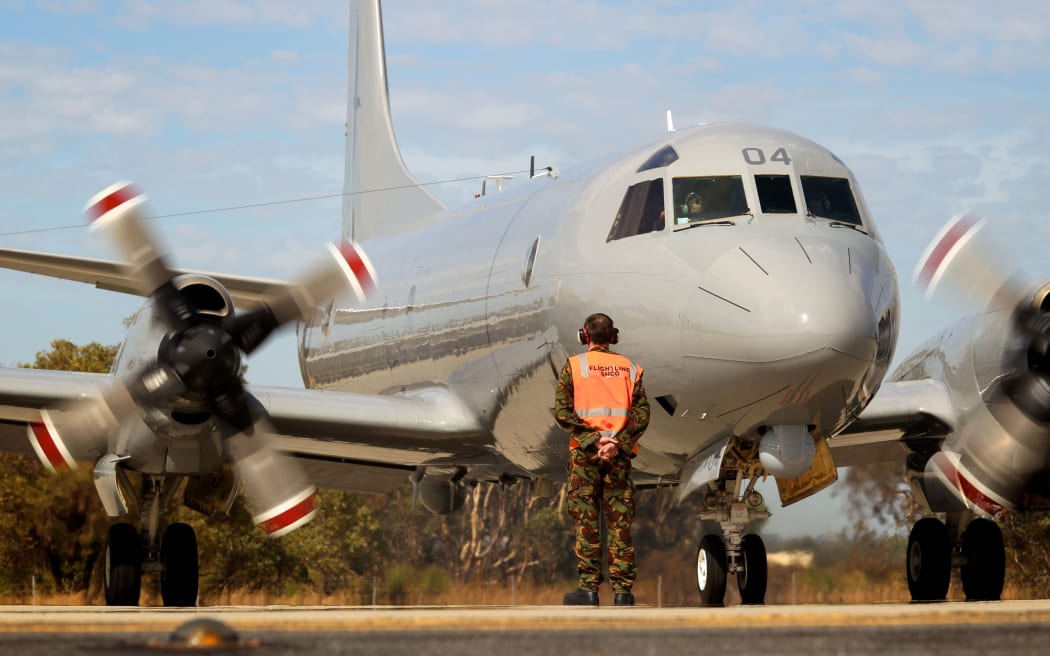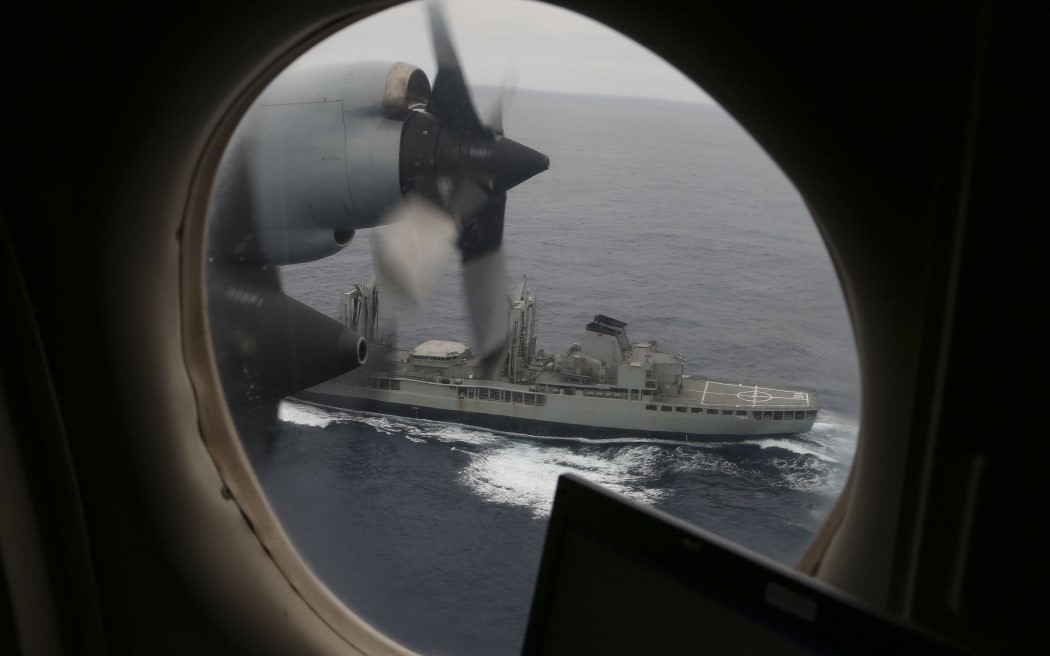Australian Prime Minister Tony Abbott says there is "increasing hope" that the southern Indian Ocean search for Malaysia Airlines Flight MH370 will prove fruitful, after Chinese satellites detected a large object that could be debris.
The latest possible lead came as the search for the plane entered its third week, with still no confirmed trace of the Boeing 777 with 239 people on board which disappeared on 8 March en route from Kuala Lumpur to Beijing.
The ABC reports that speaking from Papua New Guinea, Mr Abbott said they now have a number of very credible leads and may be on the road to discovering what happened to the aircraft.
But Mr Abbott cautioned that it was still too early to be certain about the object that China's satellite photographed in the Indian Ocean.
One of the senior people at the Australian Rescue Coordination Centre Mike Barton said the search was extremely challenging due to the location's remoteness.
"The aircraft are operating at extreme ranges from Perth and so at 2500 kilometres away they're operating at the limits of their endurance and only having a short period of one to two hours in the search area and then back again."

China said the object was spotted by the high-definition Earth observation satellite Gaofen-1 on 18 March. Photo: AFP / CCTV
On Saturday evening China produced a grainy satellite image officials said was captured on 18 March showing an object 22.5 metres by 13 metres floating in the ocean.
The object's location was given as just 120 kilometres from where satellite images taken on 16 March and released by Australia on Thursday had detected two pieces of possible wreckage.
The report of the Chinese image comes amid concerns that any objects seen by satellite days ago may already have sunk, but is still likely to give further impetus to the international search in the southern corridor that is thought to be a likely path taken by the plane.
Australian military planes, a New Zealand Air Force Orion, civilian jets and merchant ships have been scouring an area about 2500 kilometres southwest of Perth since Thursday without finding any sign of suspected wreckage.

New Zealand's Orion prepares to take off from Pearce air base in Perth Photo: AAP
Six planes including the RNZAF Orion searched the area for a third day on Saturday without success. The Australian Maritime Safety Authority said the latest satellite image fell within the search area but the object was not sighted on Saturday.
One of the aircraft reported sighting a number of "small objects" with the naked eye, including a wooden pallet, within a radius of 5 kilometres. The RNZAF aircraft was diverted to the site to take a closer look but only reported seeing clumps of seaweed. It dropped a marker buoy to track the movement.

An Australian Air Force Orion flies past HMAS Success as they search the southern Indian Ocean. Photo: AAP
Flight MH370 vanished from civilian radar screens early into its flight on 8 March, less than an hour after taking off from Kuala Lumpur.
Investigators believe someone on board shut off the plane's communications systems, and partial military radar tracking showed it turning west and re-crossing the Malay Peninsula, apparently under the control of a skilled pilot.
That has led them to focus on hijacking or sabotage, but they have not ruled out technical problems.
The Australian Maritime Safety Authority said it was taking into account the information from China in its search plans for Sunday.
The New Zealand Orion's 12-strong crew were taking part in the operation again on Sunday. Air Commodore Mike Yardley said the Orion has specialist radar and electro-optic camera equipment on board, though crew members have been asked to primarily use the naked eye to search the surface of the water.
The Royal Australian Navy's HMAS Success has arrived in the the 3600 square kilometre search area, and Chinese, British and Australian naval ships are heading towards the location. A Chinese aircraft capable of hauling heavy items arrived in Perth on Saturday, Japanese planes were due on Sunday, and two Indian aircraft based in Malaysia will assist the search.
Aircraft and ships have in recent days renewed the search in the Andaman Sea between India and Thailand, going over areas in the northern corridor that have already been exhaustively swept. The United States considering a request from Malaysia for sonar equipment.

